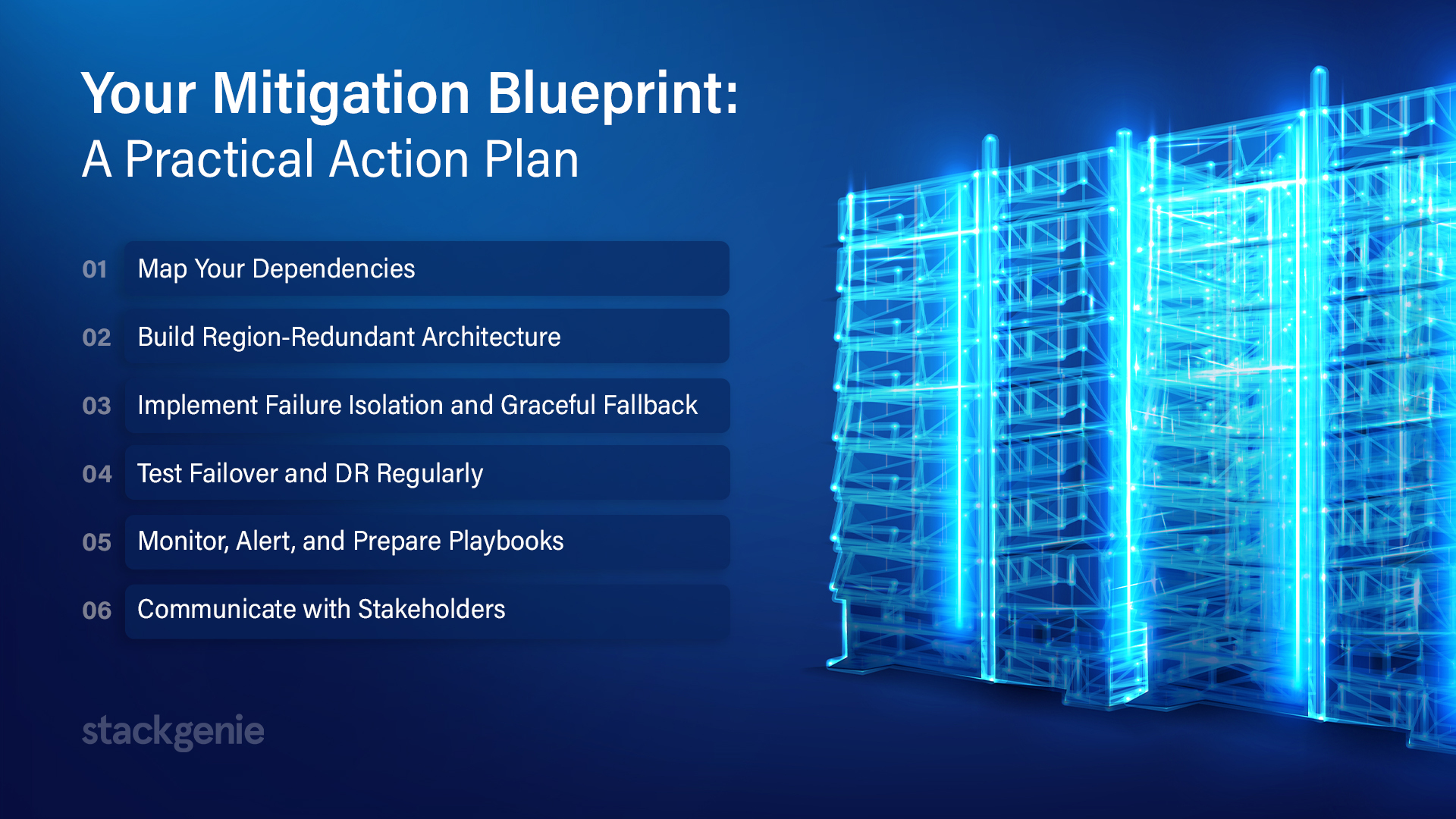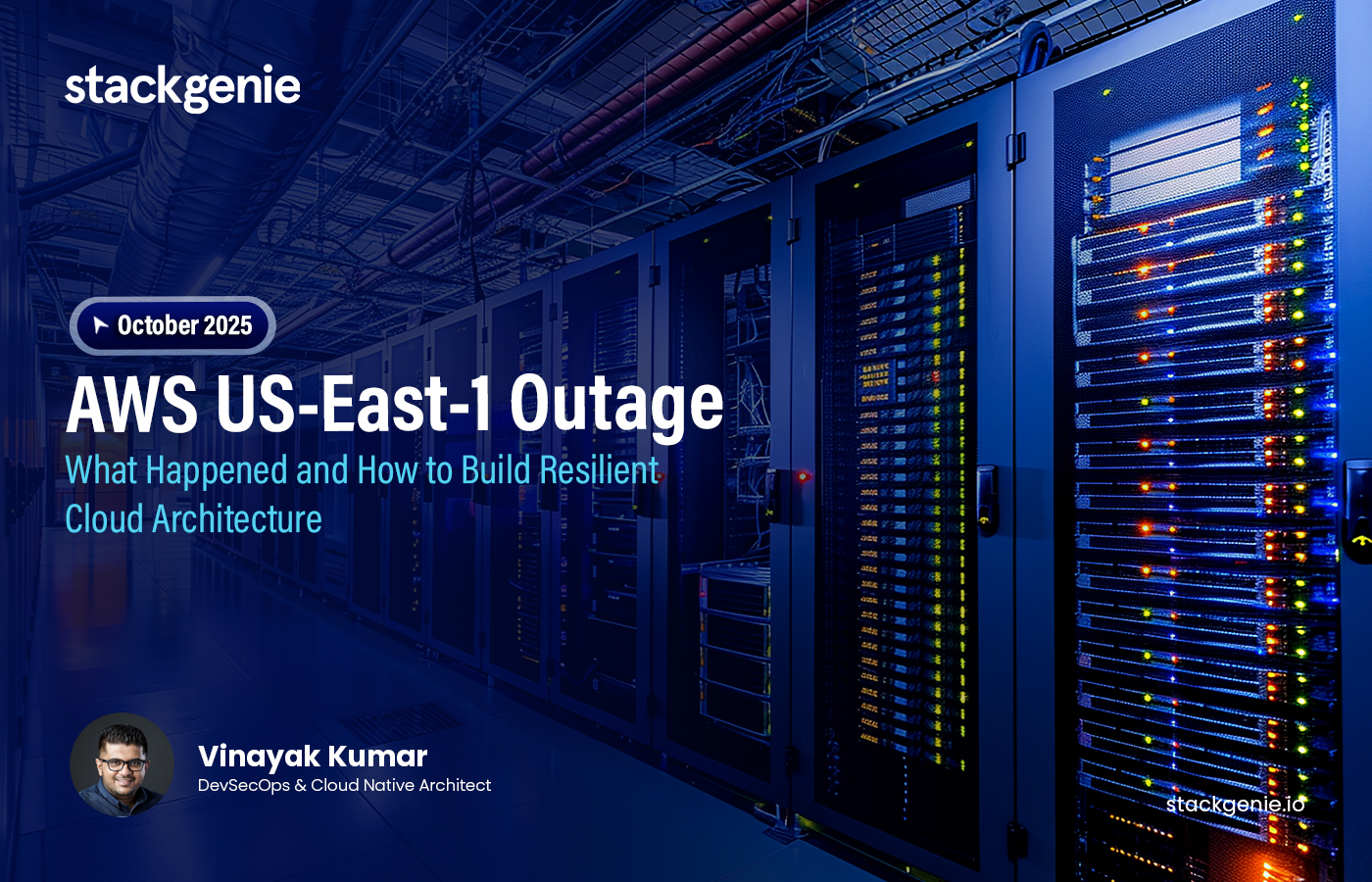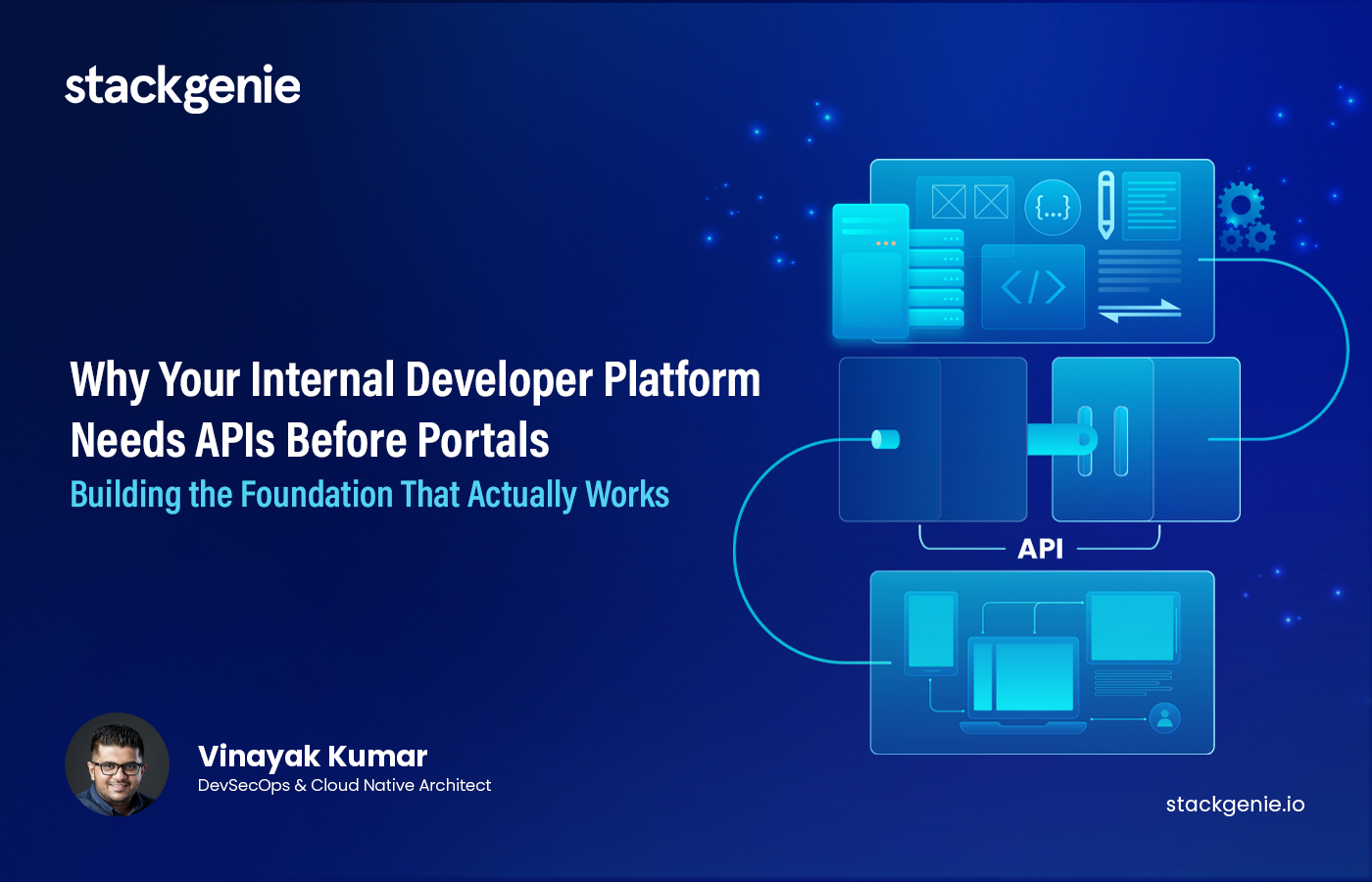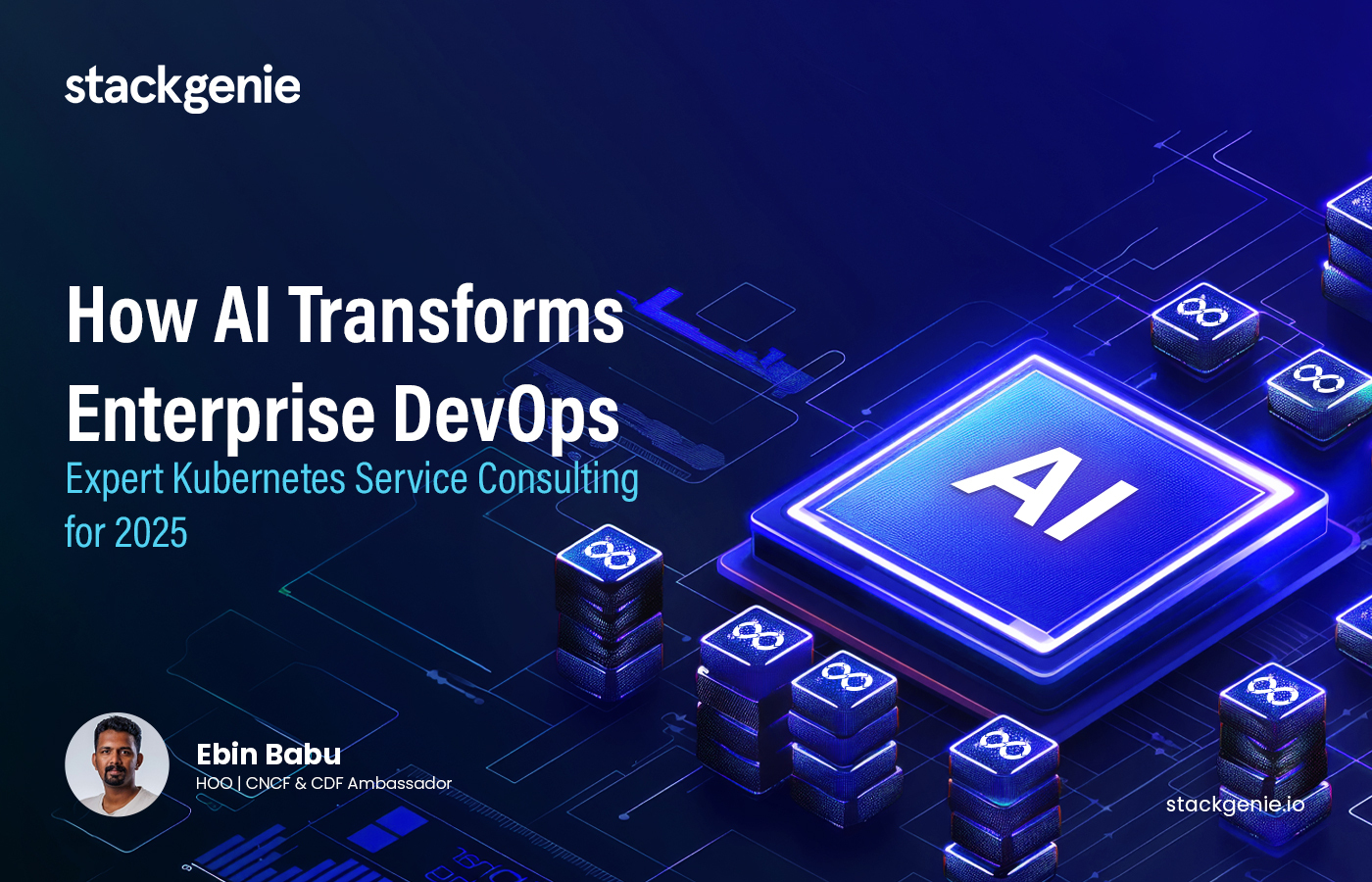Inside this article :
On October 20, 2025, Amazon Web Services experienced a major disruption that sent shockwaves through the digital world. The outage, centered in the US-East-1 (Northern Virginia) region, serves as a critical wake-up call for organizations relying on cloud infrastructure. Here’s what happened, why it matters, and most importantly how to protect your applications from similar failures.
Understanding the AWS US-East-1 Outage: What Went Wrong
The Scale of Impact
US-East-1 isn’t just another AWS region it’s the oldest and one of the most heavily utilized regions in AWS’s global infrastructure. Because countless services default to US-East-1 during setup, any disruption here creates a domino effect that reverberates far beyond its geographic boundaries.
Root Cause Analysis
According to AWS status updates and industry reports, the incident began early morning Eastern Time with increased error rates and latencies across multiple services. The technical breakdown reveals:
- DNS Resolution Failures: Issues with Domain Name System resolution for services running in US-East-1
- EC2 Internal Network Problems: The disruption originated within Amazon’s EC2 internal network infrastructure
- Load Balancer Monitoring Breakdown: Internal subsystems responsible for monitoring network load-balancers experienced failures
- Cascading Service Impact: Core services including DynamoDB, IAM, and numerous customer-facing applications were affected
The Global Ripple Effect
The outage’s impact extended far beyond AWS’s direct customers. High-profile applications and platforms worldwide reported downtime or severely degraded service. This interconnected failure demonstrates how modern digital infrastructure operates as a complex ecosystem when one foundational piece falters, the entire structure trembles.
Why This Outage Matters for Your Business
The Illusion of “Always Available” Cloud Infrastructure
This incident shattered a dangerous assumption: that major cloud providers guarantee perpetual availability. While AWS maintains impressive uptime statistics, this outage proves that even industry giants experience systemic failures.
The Concentration Risk
The AWS US-East-1 outage exposed a critical vulnerability in modern cloud strategy: over-concentration. Many organizations unknowingly placed all their eggs in one basket, assuming regional redundancy within a single location would suffice.
Beyond SLAs: The Reality of Cloud Dependence
Service Level Agreements offer financial recourse, but they don’t prevent downtime or protect your reputation when customers can’t access your services. This incident underscores that true resilience requires architectural planning that goes well beyond provider SLAs.
6 Critical Lessons for Cloud-Native Architecture
1. Multi-Region Architecture Is Non-Negotiable for Critical Systems
The Problem: Operating from a single region may seem cost-effective and operationally simple, but this outage demonstrated that systemic regional failures can render your entire service unavailable even with redundancy within that region.
The Solution:
- Deploy critical workloads across at least two geographically distinct regions
- Implement active-active or active-passive multi-region configurations
- Consider region diversity across different geographies or even cloud providers for maximum availability
2. Design for Dependency Failure
The Problem: Most architectures assume core services like DNS, database endpoints, and network load balancers will remain consistently available. When internal subsystems fail as happened with AWS’s load-balancer health monitoring and DNS downstream customer services fail in concert.
The Solution:
- Map and identify single points of failure in both your stack and your provider’s infrastructure
- Implement fallback strategies including alternate endpoints, region failover, and cached DNS entries
- Build redundancy into every critical dependency
3. Embrace Asynchronous Patterns and Decoupling
The Problem: Synchronous dependencies create failure propagation pathways. When your service waits on an unavailable backend, failures cascade rapidly throughout your system.
The Solution:
- Implement asynchronous queuing and message-driven architectures
- Deploy circuit breakers, intelligent retry logic, and appropriate timeouts
- Use patterns like event sourcing, replayable logs, and idempotent operations for graceful recovery
4. Test Your Disaster Recovery Plan Religiously
The Problem: Having a disaster recovery plan documented isn’t enough. Untested failover procedures often fail when you need them most.
The Solution:
- Conduct regular cross-region failover simulations
- Monitor and measure failover times, data replication lag, and service continuity
- Ensure DNS, routing, and load-balancing configurations support region-failover, not just availability zone redundancy
5. Build Comprehensive Monitoring and Situational Awareness
The Problem: During this incident, the root cause was internal to AWS, but the visible impact was global. Many organizations didn’t realize they were affected until customers reported issues.
The Solution:
- Monitor error rates, latencies, and availability for both your services and critical dependencies
- Maintain awareness that provider-side issues can degrade your services even when your infrastructure appears healthy
- Establish failover alerts and escalation policies for events beyond your direct control
6. Consider Multi-Cloud Strategy for Mission-Critical Applications
The Problem: Single-provider dependency creates existential risk for mission-critical services. This outage illustrates why putting all infrastructure under one vendor can be catastrophic.
The Solution:
- Design workloads with hot standby or mirrored components in alternative cloud providers or regions
- Enable graceful degradation, such as read-only mode in alternate regions instead of complete outages
- Balance multi-cloud complexity against business continuity requirements
Your Mitigation Blueprint: A Practical Action Plan

Step 1: Map Your Dependencies
Start with complete visibility:
- Catalogue all services you use (compute, database, queuing, DNS, load balancers, monitoring)
- Document which services are region-specific versus globally available
- Identify critical dependencies those that cause user-facing downtime if they fail
Step 2: Build Region-Redundant Architecture
Create true redundancy:
- Deploy critical workloads across at least two distinct regions in different geographic zones
- Implement global traffic managers (AWS Route 53, Azure Traffic Manager, or Cloudflare) for intelligent routing
- Ensure data stores replicate cross-region (multi-region DynamoDB, global databases, or asynchronous replication)
- Accept single-region deployment only for non-critical workloads with clear stakeholder expectations
Step 3: Implement Failure Isolation and Graceful Fallback
Design for degraded operation:
- Build services that gracefully degrade serve read-only mode from standby regions when primary regions fail
- Use feature toggles to disable non-critical features during failover scenarios
- Deploy circuit breakers so front-end applications present degraded modes instead of cascading failures
Step 4: Test Failover and DR Regularly
Make testing routine:
- Periodically simulate region failures by disabling services or network connectivity
- Validate DNS failover mechanisms (crucial given DNS issues in this outage)
- Confirm data replication lag meets requirements and secondary regions can handle production load
Step 5: Monitor, Alert, and Prepare Playbooks
Stay prepared:
- Track metrics including error rates, latency, service availability, database replication lag, and DNS resolution times
- Set alert thresholds for increased errors or degraded performance, not just complete outages
- Document detailed runbooks for common scenarios when to switch traffic, how to update DNS, how to validate health, and how to communicate with users
- Conduct post-incident reviews and update architecture based on findings
Step 6: Communicate with Stakeholders
Manage expectations:
- Help business stakeholders understand the cost-benefit tradeoff of multi-region architecture
- Provide transparency about availability commitments and contingency plans
- After any failure, conduct root-cause reviews and share lessons learned across the organization
The Path Forward: Building True Cloud Resilience
The October 2025 AWS US-East-1 outage delivers an unambiguous message: even major cloud providers and their flagship regions experience significant failures. As cloud-native architects and engineers, we must operate under a fundamental principle: failure is inevitable preparation is optional.
Cloud-Native Means Failure-Aware Design
True cloud-native architecture isn’t about blind trust in your provider’s infrastructure. It’s about:
- Expecting failures at every layer
- Designing systems that survive component failures
- Building monitoring and response capabilities that minimize impact
- Continuously testing and improving resilience
The Resilience Imperative
By embracing multi-region redundancy, decoupled architectures, rigorous failover testing, and comprehensive monitoring, organizations can significantly reduce the blast radius of provider-side failures and maintain service continuity when it matters most.
How Stackgenie Can Help
At Stackgenie, we specialize in building resilient, cloud-native architectures that with stand real-world failures. Our expertise includes:
- Multi-region architecture design and implementation
- Disaster recovery planning and testing
- Cloud infrastructure optimization across AWS, Azure, and GCP
- Monitoring and observability implementation
- Cloud migration with built-in resilience
Don’t wait for the next outage to expose vulnerabilities in your architecture. Contact Us today to ensure your cloud infrastructure is truly resilient.
Ready to build unbreakable cloud architecture? Schedule a consultation with our cloud experts today to discuss your resilience strategy.


